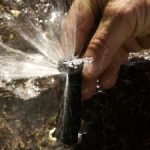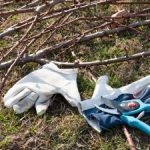Every so often the airwaves are inundated with advertisements for weed and feed products. While each on their own can be useful, together they’re — to be blunt — entirely useless for South Texas.
The “weed” component is generally 2,4-D, atrazine or dicamba herbicide. Although I will offend many who espouse total organic practices, chemical herbicides do have their place. The problem is that most, if not all, of these herbicides are used for plants that will die in one to three months. More importantly, these herbicides not only kill weeds, but also perennials, shrubs and trees.
These herbicides also have ancillary negative effects. They’ve been documented to adversely affect fish habitat in lakes and rivers, and have been linked to bird mortality and pet cancers.
The “feed” component is also a waste of time and money. In the spring, we’d never fertilize with a high nitrogen fertilizer before April 15. Yet, makers of these products encourage you to use them in March or even as early as February.
Still, it is the combination of the two that makes no sense. Why apply weed and feed in late April — the correct time — when the weeds will die naturally in 45 days?
The best fertilizer for your lawn is a dressing of compost in the spring and fall, and leaving the leaves and grass clippings where they fall — on the lawn. Also, consistent mowing at the appropriate height will help keep the weeds away.
So next time you see signs telling you to weed and feed, save your money and keep walking. It’s kinder to your wallet — and the environment.




